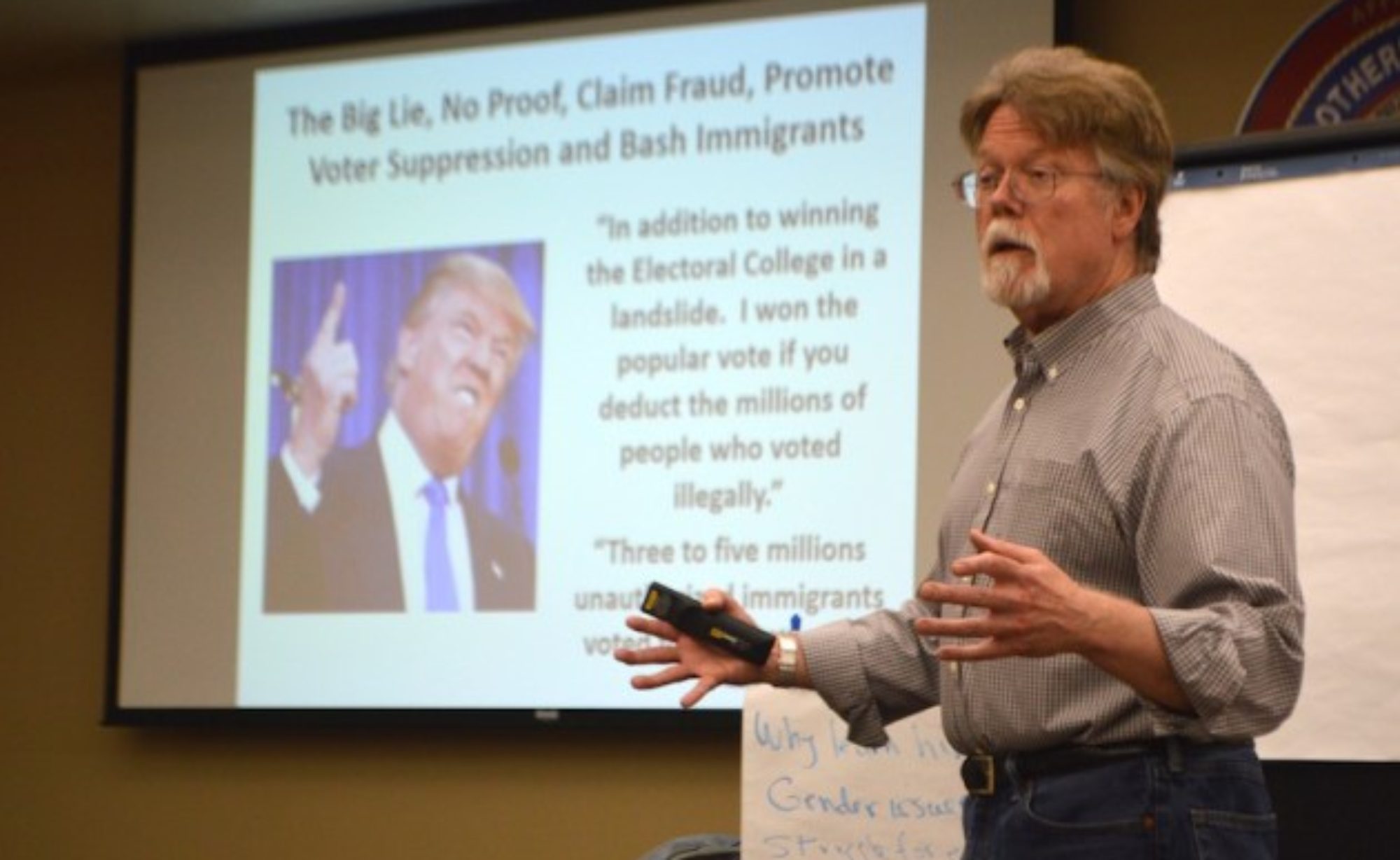Part 2 of a four-part series – Making the American Dream Real for Everyone
At the outset of the 1930s, working people were enduring records levels of unemployment, widespread homelessness, hunger and loss of farms and homes. Millions lost their life savings in the collapse of the banking system. In the midst of an unparalleled economic crisis, working people had neither an economic or social safety net, nor the right to organize unions.
Yet by the late 1930s, our grandparents’ generation had won Social Security, unemployment insurance, public assistance for poor families, the minimum wage, overtime pay, the right to organize unions in the private sector, child labor and welfare protections, housing assistance programs, bank deposit security, strong controls over the financial industries, and assistance for struggling farmers. Although people of color and women were denied many of these rights and benefits, for millions it was a dream beginning to come true.
After 50 years of bitter defeats, how did we the people achieve these historic victories in the face of the worst depression in our national history? They were the fruit of mass organizing in workplaces and communities across the country, and growing unity among working people and the unemployed. Millions began to understand that, to win a better life for working people, employed and unemployed alike, racism, religious bigotry, sexism and anti-immigrant hostility had to be overcome. The newly-won right to form unions and the militant tactic of the sitdown strike — workers occupying their workplace — in effect the “Occupy Movement” of the 1930s – were instrumental in the building of a powerful labor movement.
These worker occupations of factories and other workplaces coupled with massive community support across much of the country doubled the size of the labor movement in less than five years. Newly won power in the workplace and widespread political organizing laid the foundation for our greatest period of shared prosperity over the next 40 years.
The end of World War II ushered in more than 30 years of strong economic growth that was shared more fairly than at any time in American history. By the end of she 1970s, poor, working class and middle class families saw their incomes double after inflation. Income growth for the wealthy grew more slowly thereby narrowing income inequality. People of color and women saw their incomes continue to lag behind whites and men but the gaps were narrowing.
After World War II Corporate America counterattacked,. The Taft-Hartley Act slowed and reversed the growth of the labor movement. At the same time, the corporations and their political allies launched the Red Scare (McCarthyism) to weaken the unions, intimidate people into political passivity and stop any new initiatives to expand the reforms of the 1930s. They were largely successful. One of the first major casualties was the defeat of President Truman’s National Health Care program. The 1960s saw another wave of widespread organizing for greater economic and social justice,: Civil rights, women’s rights, ending the Viet Nam war, environmental protections, and expanded rights for people with disabilities and for gays and lesbians. A major difference between the 1930s and the 1960s was that the labor movement was no longer leading these struggles and was deeply divided.
Yet there were new people’s victories — the passage of landmark legislation for civil rights, voting rights, equal pay, clean water, clean air, environmental protection, pension protections, affordable housing and anti-poverty programs. In less than 15 years, poverty was cut in half. On the other hand, badly needed labor law reform was defeated despite a Democratic president and strong majorities in Congress.
Substantial progress was coming to end. The social upheavals of the 1960s were marked by increased racial tensions, the Viet Nam war, clashes on the issue of abortion, and the new strengths of the women’s and gay and lesbian movements. These developments, coupled with three recessions during the 1970s, sowed deep divisions among working people and their historic allies. An increasingly aggressive corporate America supporting a resurgent right wing was poised to launch a decades-long counterattack to fundamentally shift the direction of the country. By the end of the 1970s, the counterattack was taking its toll, as both labor law reform and the Equal Rights Amendment for women were defeated.
What was the corporate strategy and how was it implemented? This is the subject of Part 3 of this series.
